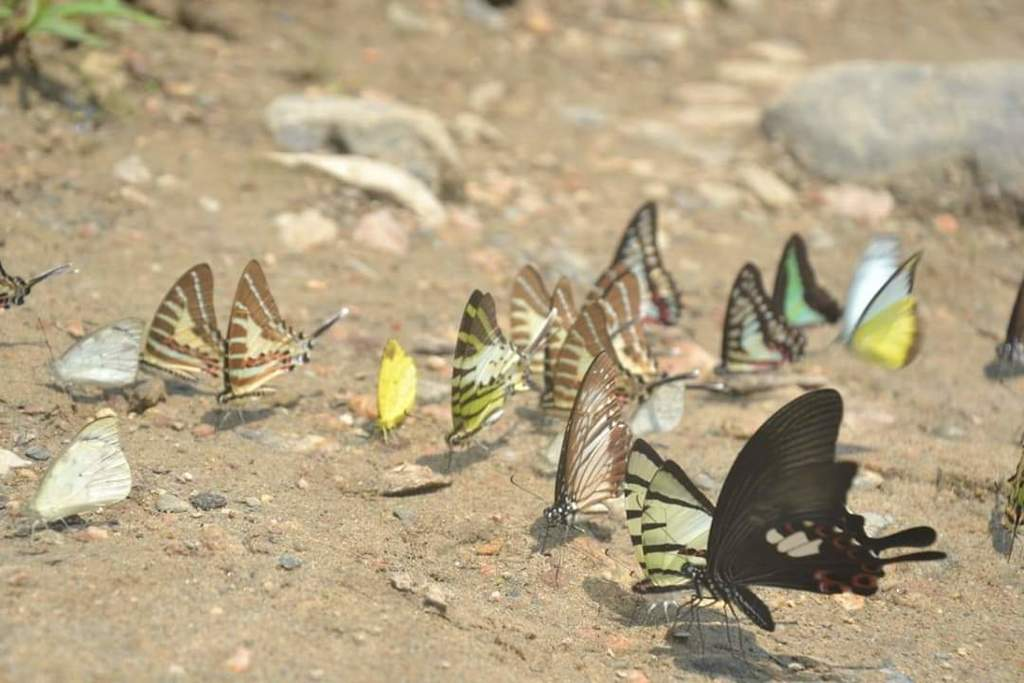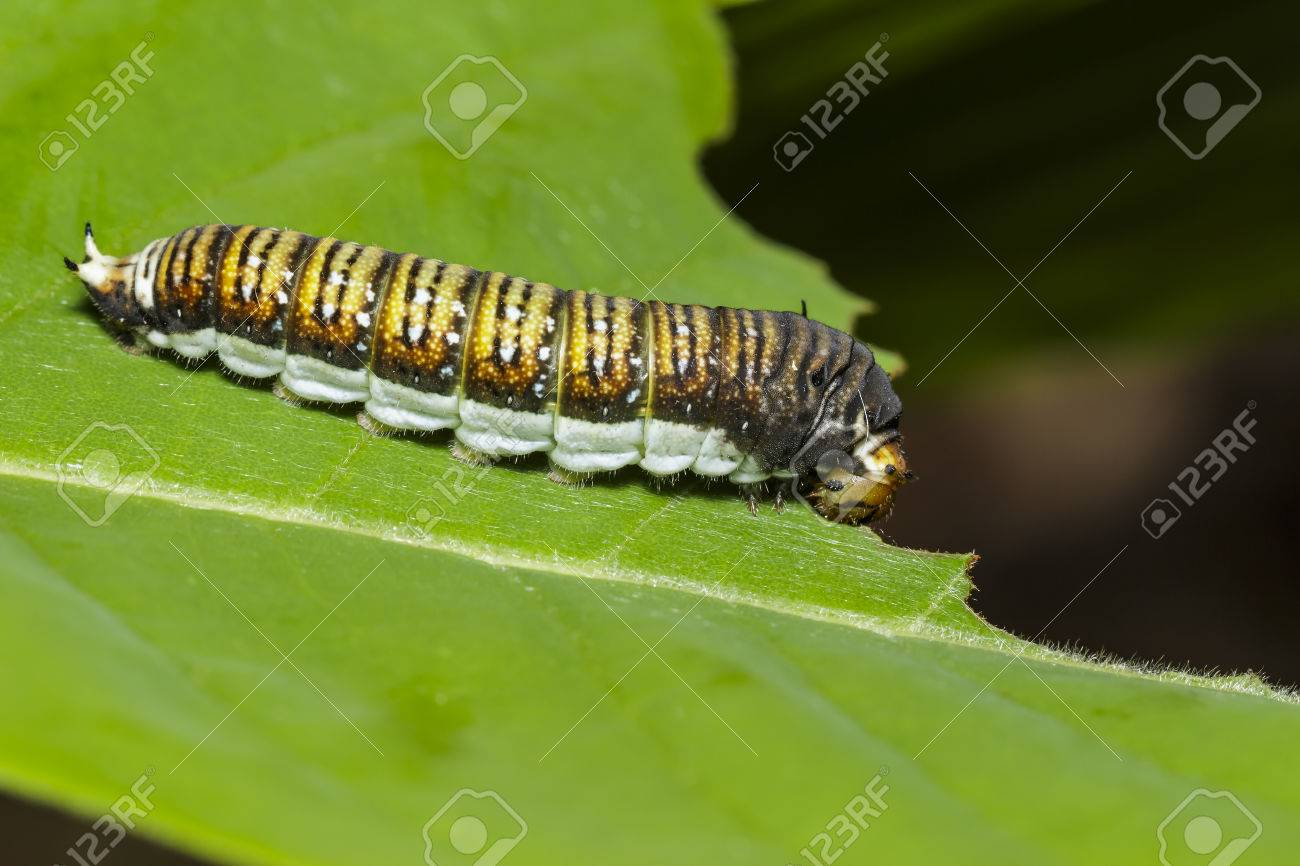This week's butterfly's names make sense if we think about them. The Chain Swordtail has a long sword-shaped tail on each hind wing, and a pattern of stripes that curve and form a "chain" pattern just above the tails.
Graphium aristeus was named after either a legendary character, or an historical one, in ancient Greek literature. The mythical Aristeus or Aristaeus was said to have discovered, and taught the rest of ancient Greece, how to keep bees and how to make cheese, and was sometimes worshipped as a minor god of home food production. The historical one was a mathematician. The name is a form of the Greek word for "The Best/"
Is Graphium aristeus "the best" swallowtail butterfly? It's not the biggest. Its wingspan is typically about two inches, smaller than our cold-weather Zebra Swallowtails. Females are typically a little larger than males.
It's not the best known. Images of adult butterflies of this species are abundant on the Internet, as are sites that traffic in dead bodies. Scienttific information is relatively scarce.
It flits through much of southeastern Asia and Australia. Adults are believed to fly for about two weeks on average. Host plants are tropical species in the genera Milliusa, Polyalthia, Pseuduvaria, and Mitrephora.
Photo from Wandering Butterfly Effect. One of the "butterfly hordes" found in Kaeng Krachang park in Thailand, where its species perch on trees, spreading their wings to catch the sun, in the morning and sip water at ponds in large mixed groups "by noon." Many photos and videos of mixed groups that include Chain Swordtails are available.
Adults are primarily pollinators of several flowers including lantanas, hibiscus, and poinsettias.
Francis Burlingham didn't photograph all the Graphiums shown in this photo essay at one puddle.
Photo by Barlettsangma, showing G. aristeus with other Swallowtails and some smaller butterflies in a large mixed group. While butterflies of both sexes and all species sip fresh water, males of some species are attracted to brackish or polluted water. Blessed with the ability to filter some potentially harmful pollutants out of water as it seeps through the soil below oil spills and worse, they crave mineral salts and spend days sipping polluted water in order to be able to mate. Females prefer to drink only nectar and clean water, absorbing their minerals from contact with males, though they will drink polluted water if unable to get it from males. They flit around the edges of male groups and sometimes lead a male away from the group. Is that taking place at the left side of the picture?
Subspecies include anticrates, aristinus, bifax, erebos, hainanensis, hermocrates, palasarinus, parmatum, paron, puella, timocrates, and of course Graphium aristeus aristeus. Swallowtails.net may be beginning to prepare a web page showing what makes these subspecies different. Some are found on specific islands. Anticrates. for example, found in Assam and Sikkim, have a shorter or missing dark stripe on the under side of the hind wing. In paron the pale color is yellowish green and the under side of the hind wing shows orange spots.The white crescents around the edge of the hind wing are larger in anticrates than in parmatus. Several of these subspecies were reported as distinct species but ruled to be subspecies because they can hybridize. Graphium nomius, which looks as much like aristeus as the subspecies of aristeus look like one another, kept its species status because it does not "mix" with aristeus.
The subspecies anticrates is protected by law in India.
The life cycle of the Australian subspecies, G.a. parmatum, has been scantly documented. There is believed to be only one brood each year. Along with some other south Asian butterflies, including Graphium nomius, G. macareus, and G. megarus, these butterflies live in places where the weather is always warm. all of their life cycles timed so that they get through the wetter months from May to February as either eggs or pupae, and living their active lives between February and May when they get more sunshine. If you are at school you may be able to read this paper:
Eggs are said to be white at first and turn pink before hatching. They are usually laid in small clusters, indicating one of the more intelligent (and less strictly monophagous) species of Swallowtails.
Caterpillars start out black and, in some instars, have blackish-blue tentacles. Young caterpillars stick together in clusters; older ones separate.
Photo from 123RF.com. The caterpillar has an armor-plated rather than humpbacked look, The osmeterium is long and thin rather than stubby. The caterpillar's use of its osmeterium, to flick and lick and actively exude its odor at a potential attacker, has been compared to the martial arts technique of "snake boxing.'
This species burrows into the soil to pupate.




No comments:
Post a Comment